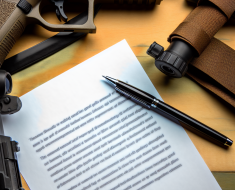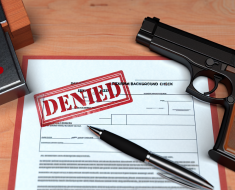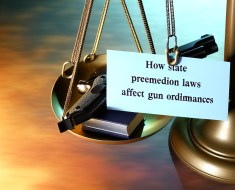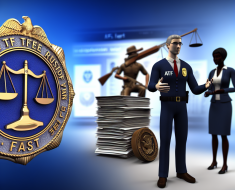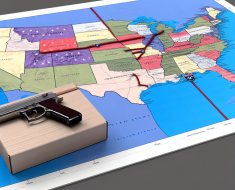The Future of Gun Legislation in Congress
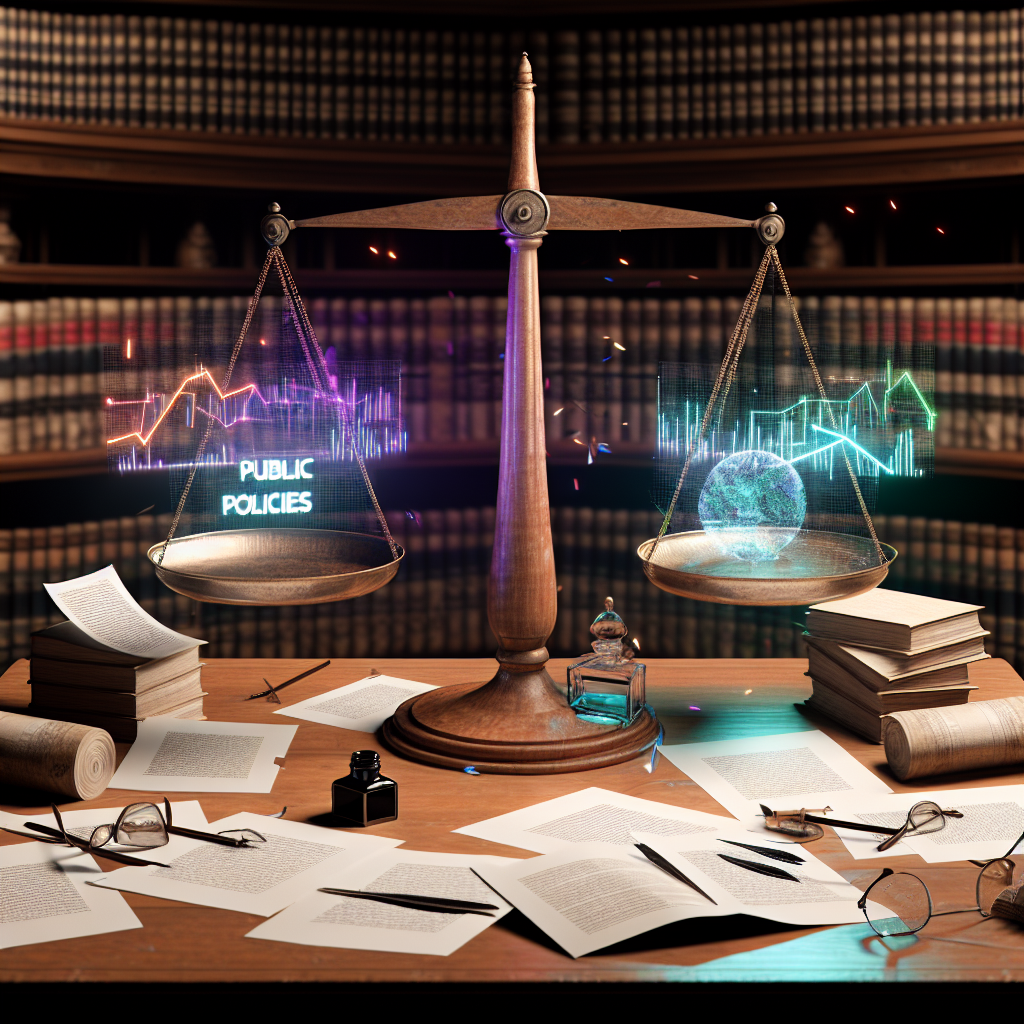
The debate over gun legislation in the United States has long been a contentious and polarizing issue. With gun violence remaining a critical concern, especially in the wake of numerous high-profile mass shootings, Congress faces increasing pressure to enact meaningful reforms. The future of gun legislation in Congress is shaped by political dynamics, public opinion, lobbying efforts, and evolving societal attitudes toward firearms and safety. This article explores the current landscape of gun legislation, analyzes potential legislative paths forward, and examines key factors that will influence future congressional actions.
Current Landscape: Understanding the Status Quo
Gun laws in the United States are a patchwork of federal regulations supplemented by state and local laws. At the federal level, legislation primarily focuses on background checks, restrictions on certain types of firearms, and regulation of firearm sales. However, many advocates argue that existing laws are insufficient to curb gun violence effectively.
Key federal laws include:
- The Brady Handgun Violence Prevention Act (1993): Requires background checks for firearm purchasers from licensed dealers.
- The Assault Weapons Ban (1994-2004): A now-expired law banning certain semi-automatic firearms and large-capacity magazines.
- The Gun Control Act (1968): Regulates interstate commerce in firearms and prohibits certain individuals from owning guns.
Despite these regulations, loopholes such as private sales without background checks—often referred to as the “gun show loophole”—remain a significant issue. According to a 2019 Pew Research Center survey, about 60% of Americans support stricter gun laws, yet legislative progress has been slow due to political gridlock.
Political Dynamics Shaping Gun Legislation
The future of gun legislation is heavily influenced by the ideological divide between political parties. Democrats generally advocate for stronger gun control measures, while many Republicans emphasize Second Amendment rights and oppose regulations they perceive as restrictive or ineffective.
This divide plays out in several ways:
- Partisan Control of Congress: The majority party’s stance on gun control often determines which bills receive serious consideration. For example, during Democratic majorities in the House and Senate, proposals such as universal background checks have gained traction but faced obstacles in the Senate.
- Lobbying and Interest Groups: Powerful organizations like the National Rifle Association (NRA) exert significant influence over lawmakers through campaign contributions and advocacy efforts. Conversely, groups like Everytown for Gun Safety mobilize support for stricter regulations.
- Public Opinion and Electoral Pressures: Legislators often weigh constituent views heavily when deciding their positions. Notably, after mass shootings such as those in Parkland (2018) or Uvalde (2022), public calls for reform spike dramatically.
Given these factors, bipartisan support for moderate measures may be more feasible than sweeping reforms in the near term. For instance, “red flag” laws—allowing temporary removal of firearms from individuals deemed a risk—have seen some bipartisan support at state levels.
Emerging Legislative Proposals: What’s on the Horizon?
The future holds several promising legislative initiatives that Congress may pursue. Some proposals focus on closing existing loopholes or enhancing enforcement mechanisms rather than introducing entirely new bans or restrictions.
Notable legislative ideas include:
- Universal Background Checks: Expanding background check requirements to cover all firearm sales—including private transactions—is a central proposal supported by approximately 90% of Americans according to Gallup polls.
- Red Flag Laws: Also known as Extreme Risk Protection Orders (ERPOs), these laws allow courts to temporarily restrict firearm access for individuals considered dangerous. Over 20 states have enacted such laws; federal adoption could standardize this approach nationwide.
- Banning High-Capacity Magazines: Proposals aim to prohibit magazines holding more than 10 rounds to reduce casualties during mass shootings.
- Improving Mental Health Interventions: Enhanced funding and coordination between law enforcement and mental health services aim to identify at-risk individuals earlier.
- Safe Storage Laws: Encouraging or mandating secure storage of firearms to prevent accidental shootings or thefts.
An example worth noting is the Bipartisan Background Checks Act (H.R.8), passed by the House multiple times but stalled in the Senate due to filibuster rules. Its renewed introduction signals ongoing commitment among some lawmakers despite challenges.
The Impact of Recent Events on Congressional Action
Mass shootings often serve as catalysts for renewed legislative efforts. For instance:
- Sandy Hook Elementary School Shooting (2012): Prompted President Obama’s push for stricter gun control measures including expanded background checks; however, Congress did not pass major legislation at that time.
- Pittsburgh Synagogue Shooting (2018): Led to increased attention on hate crimes intertwined with gun violence but little immediate legislative change on firearms laws specifically.
- Parkland School Shooting (2018): Resulted in some states enacting red flag laws and raising age limits for purchasing rifles; influenced congressional debates around school safety funding and mental health services.



